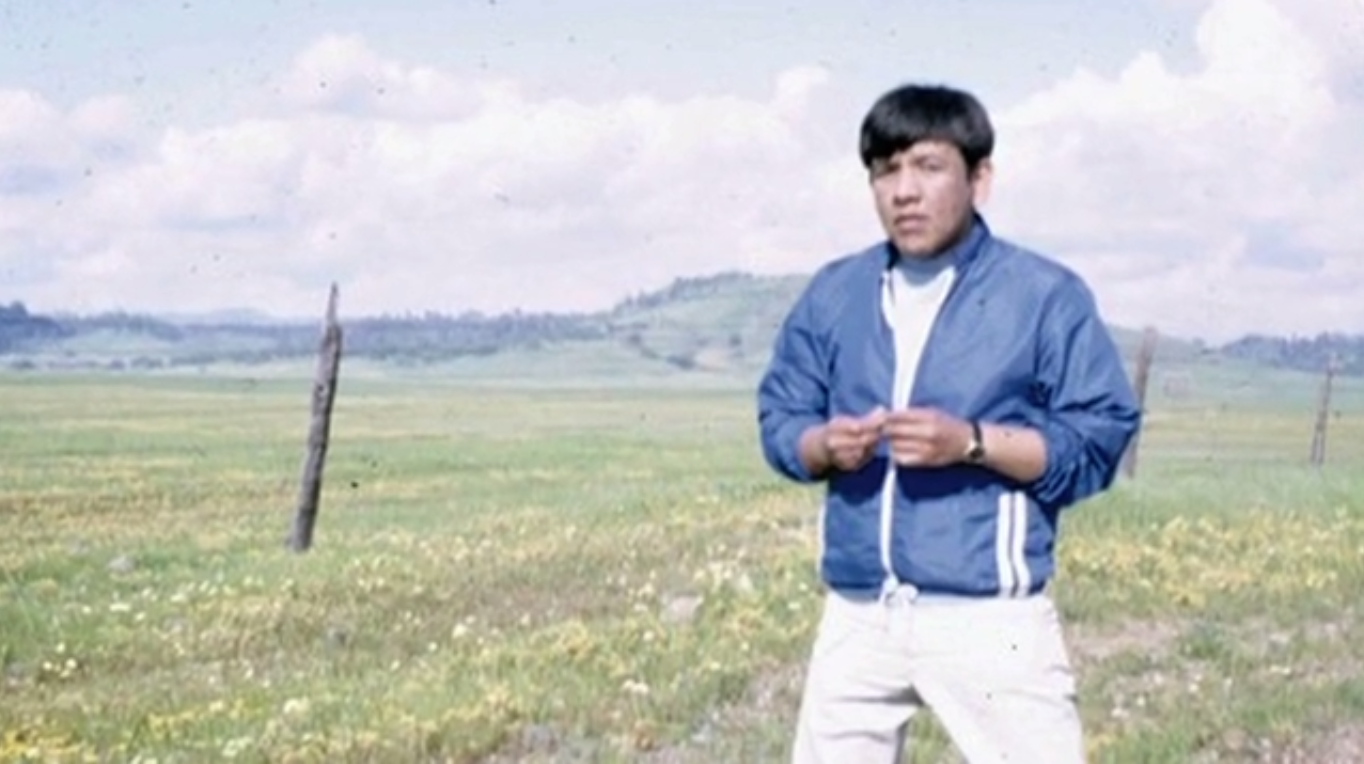
In the kaleidoscope of 1960s Northern California underground music, few records shimmer like the self-titled 1967 LP from Afterglow. A hidden gem of the countercultural era, it belongs in the pantheon alongside the Bay Area’s finest acid-soaked sonic offerings—an improbable triumph from a band born in the isolation of Siskiyou County.


The story begins in 1964, when five high school friends from the remote hamlet of Fort Jones (population: 500) formed a garage band originally called The Medallions. Fort Jones, nestled in the mountains, was a place where the nearest music store was over 100 miles away and roads were so desolate “you wouldn’t see a car for an hour,” as drummer Larry Alexander recalls. The stark beauty of this rugged terrain served as both a constraint and a muse.

“We’d be on roads up there where you wouldn’t see a car for an hour.”
At the heart of Afterglow was songwriter Tony Tecumseh, a pioneer as one of the first Native American composers in rock music. Descended from Winema, a key figure in the Modoc Wars of the 1870s, Tecumseh’s heritage infused the band’s sound with a unique perspective. His compositions, often tinged with the melancholy of wide-open spaces and the isolation of mountain life, gave Afterglow their haunting, evocative quality.
The opening chords of “Afternoon,” are a masterstroke of scene-setting. Tecumseh’s guitar emulates the chime of Big Ben, an unexpected wake-up call that plunges into a dreamscape of pastoral longing. Larry’s rolling drums and Ron George’s steady bass cradle the song’s plaintive melody, while Roger Swanson’s pulsing Farfisa organ adds a touch of insistence.
But how did a band of teenagers from such a remote outpost create something so sublime? The answer lies in their grit and the peculiarities of geography. Fort Jones was far removed from the bustling scenes of San Francisco or even Chico, where college bands might hope for a gig. Yet, as the Medallions re-formed in 1966, their drive took them to pizza parlors, county fairs, school proms, local hangouts, battles of the bands, and Armory dances in Northern California & Southern Oregon, culminating in opening gigs for the Turtles and the Beau Brummels.

In 1967, the band secured a publishing deal with Leo Gar De Kulka’s Golden State Recorders in San Francisco. The journey to the studio—an eight-hour odyssey—was their first exposure to city life. Yet their excitement turned to frustration when their tracks, recorded hastily as “demos,” were issued as a completed album by MTA Records without their input. The psychedelic album cover, iconic as it is, was a complete surprise to the band.

Despite these setbacks, the music resonated locally. “Riding Home Again” held the #1 spot on the charts at KSYC in Yreka for 21 weeks, a hymn to the Siskiyou landscape that guitarist Gene Resler later described with nostalgia. “I love this song because I can just see all of us riding through the beautiful countryside and forests in the mountain territory that we lived in. We were so lucky to have the opportunity to live in such a beautiful part of California.”
“Tony drove a lot to get to our gigs and practice. I imagine he wrote this on one of his many trips back home to Klamath Falls, Oregon,” Ron George recalls. “We thought this would be the song that defined the album.”

The album ranged from wistful tracks like “Dream Away” to the political charge of “Morning” and the divisive “Susie’s Gone,” penned by a California Highway Patrolman Byron Boots.”[Byron] said this was the next direction for rock music,” Ron George noted. “Our friends didn’t like it, but the world did.”
“[Byron] said this was the next direction for rock music,” Ron George noted. “Our friends didn’t like it, but the world did.”

Yet Afterglow’s moment was fleeting. A distribution rift between Golden State Recorders and MTA made the album difficult to find for would-be fans, dooming its commercial prospects. Disillusioned, the band dissolved.
Over time, the album grew into a collector’s treasure, reissued by Sundazed in 1995, though the band saw no royalties. By then, Tecumseh’s health was in decline, and in 2012, he passed away, but not before receiving a lifetime achievement award from the Native American Music Awards.
Today, Afterglow stands as a testament to the power of youthful creativity and the enduring allure of music forged in the crucible of isolation. Their songs, like the landscapes that inspired them, are vast, mysterious, and quietly defiant of time.
Afterglow is:
• Ron George, bass and vocals (Mount Shasta, California)
• Roger Swanson, keyboards and vocals (Mount Shasta, California)
• Tony Tecumseh, guitar and vocals (Klamath Falls, Oregon)
• Larry Alexander, drums (Fort Jones, California)
• Gene Resler, guitar and vocals (Dorris, California)

Sources:
“Afterglow” (2012) Documentary by Patrick Demond and Tim Sotter
Interview with Gene Resler, Ron George & Larry Alexander via It’s Psychedelic, Baby Magazine